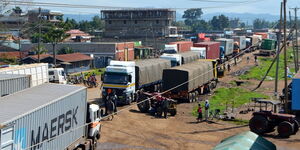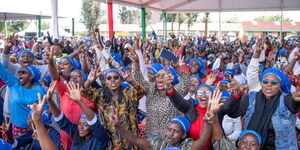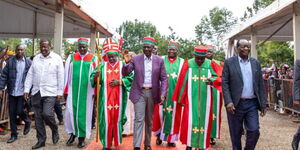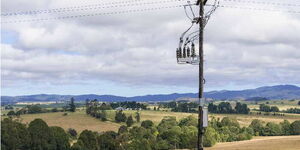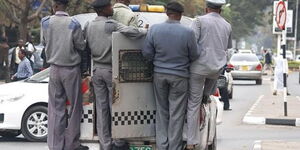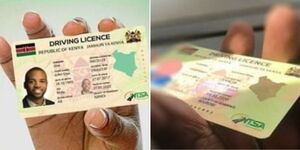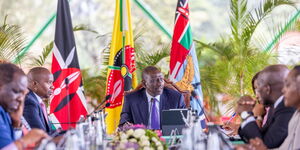Nic Cheeseman, a democracy professor at the University of Birmingham United Kingdom, has revealed four ways in which the August elections could be rigged.
The Prof stated that without prejudging whether the 2017 contest would be clean or not, it was important to ask how the election could be rigged and how to stop it.
In his hypothesis, Prof Cheeseman notes that the following are the four ways in which the election could be rigged.
1. Bring down the technology
The Prof explains that the breakdown of technology creates room for the use of the manual process which can be easily manipulated.
He cites the 2013 elections where the technology used to safeguard the process failed systematically forcing the Independent Electoral and Boundaries Commission (IEBC) to fall back on manual processes that were heavily criticised by the Opposition.
2. Inflate turnout in North-Eastern
Prof Cheeseman explains that the voter turnout in North Eastern is usually low, so artificially inflating the turnout by adding ballot papers in the name of voters who did not actually go to vote could be viable.
This, according to him, is because North Eastern is the most remote part of the country. It is also an area prone to terrorist attacks. As a result, it is a place that international election monitors tend not to visit, which opens the door to electoral abuse.
3. Set up fake polling streams
Having fake polling streams is another way of rigging according to the University of Birmingham Prof.
The technique involves creating a fake stream where the ballots of people who had not turned out are artificially added to a made-up stream and then submitted.
4. Fiddle the figures
The University Prof classifies fiddling of figures as one of the classic forms of election rigging where results are changed as they are being transferred from the polling station or constituency level to the national tallying centre.
He cites the 2013 elections where there was a failure in results transmission from the constituency to the national tallying centre.
As to how these flaws can be avoided, the Prof notes the following:
For the inflation of votes in North Eastern regions, international election monitors need to overcome their risk aversion and ensure that the region is thoroughly covered and also a parallel vote tabulation based on a sample of polling stations should be used to make it possible tell whether turnout is artificially high.
For fiddling of election figures, the Prof suggests that results be declared at constituency level though he notes that this would require political will from all participants.Through this, Cheeseman highlights that domestic observers and the different political parties would be able to record all of the results as they are announced, and use these to ensure that the national total adds up.
For the two remaining ways, he advises that all political parties should deploy a full set of trained party agents countrywide and the IEBC should learn from previous mistakes to avoid errors.
Here is a photo of the professor:
[caption caption="Prof Nic Cheeseman"] [/caption]
[/caption]

